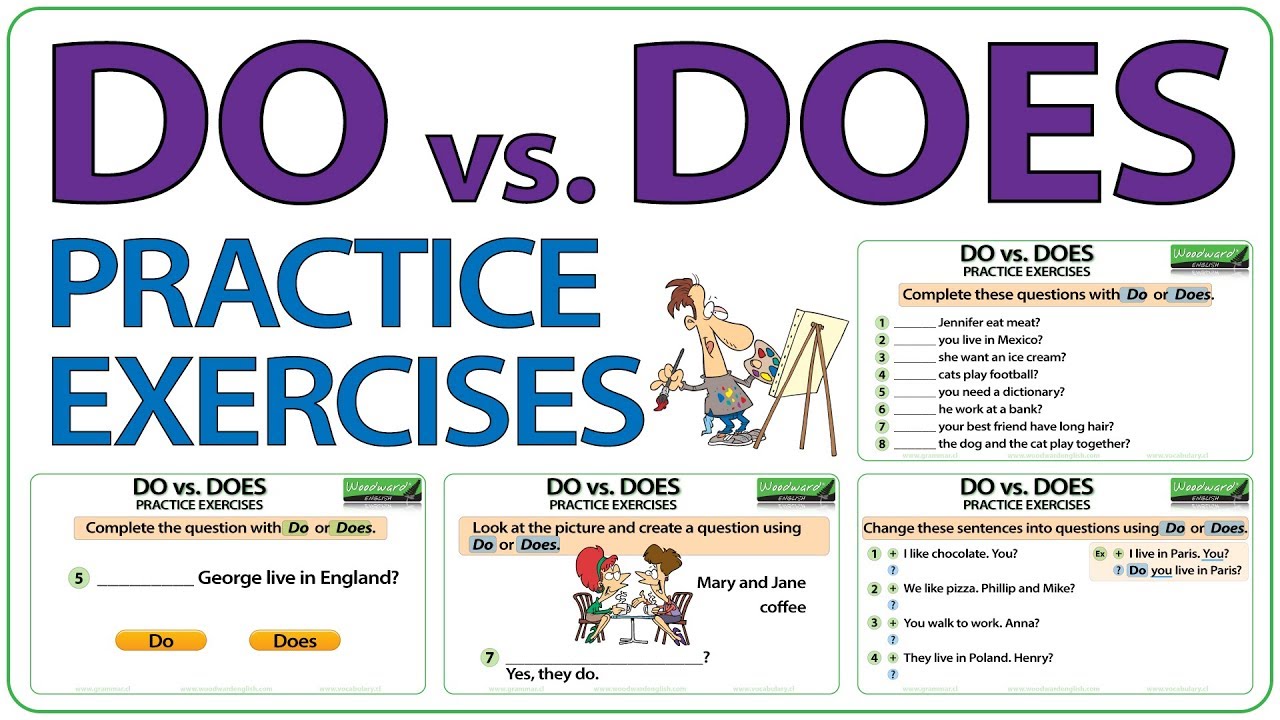Understanding Emblements: Tenant Crop Rights and Real Estate Law Explained
Introduction: The Vital Role of Emblements in Real Estate
In the intricate world of real estate law, the rights of tenants and landowners often intersect in complex ways-especially when it comes to emblements . Emblements, a term rooted in centuries of legal tradition, refer to crops that are planted and cultivated annually by a tenant on leased land. This legal concept plays a critical role in ensuring fairness and protecting the investments of tenant farmers, while also impacting property sales, leases, and disputes. Understanding emblements is essential for anyone involved in agricultural leasing, real estate transactions, or property management.
What Are Emblements? Definition and Origins
Emblements are annual crops grown by a tenant that require recurring labor and care , such as wheat, corn, or vegetables. These crops are considered the personal property of the tenant-even though they are planted on someone else’s land-so long as the tenant has invested their own labor and resources in cultivating them. The legal principle behind emblements is that a tenant should not lose the fruits of their labor simply because their lease ends or the property changes hands before harvest time. This concept, known as the doctrine of emblements , is foundational in both historical and modern real estate law [1] [2] [3] .
How the Doctrine of Emblements Protects Tenants
The doctrine of emblements ensures that tenant farmers have the right to re-enter the land to harvest their crops after their lease ends . This protection applies even if the property is sold to a new owner or the lease is terminated unexpectedly, provided the crops were planted before the lease ended. The main requirements are:

Source: realestateexamninja.com
- The crops must be annuals -meaning they require planting each year and cannot survive without annual cultivation.
- The tenant must have lawfully possessed and cultivated the land during their tenancy.
- The lease must have ended through no fault of the tenant (such as the landlord selling the property or expiration of the lease term).
Perennial crops, like fruit trees or berry bushes that do not need annual planting, are not considered emblements. These remain part of the real property and belong to the landowner [1] [5] .
Real-World Example: Tenant Rights in Action
Consider this scenario: Sarah leases a farm from Bob and plants a field of corn in early spring. In midsummer, Bob decides to sell the property to a new owner. According to the doctrine of emblements, Sarah has the right to return and harvest the corn she planted-even though her tenancy has ended, and the land has a new owner. The new owner must allow Sarah reasonable access to gather her crop at harvest time [2] [3] .
Emblements vs. Real Property: Key Legal Distinctions
It is crucial to distinguish between personal property and real property in these situations. Annual crops (emblements) are classified as personal property of the tenant once separated from the land, while perennial crops, trees, and shrubs are considered real property and remain with the landowner. This distinction has important implications for:
- Property sales (who owns the crops at closing)
- Lease agreements (tenant vs. landlord rights)
- Foreclosures or legal disputes (protection of tenant investments)
When annual crops are still unharvested, the tenant retains a legal right to harvest them, even after relinquishing possession of the land. After harvest, the crops are the tenant’s property and can be removed or sold as they wish [1] [4] .
Practical Steps: Navigating Emblements in Transactions
Understanding and managing emblements is essential for both tenants and landowners. Here’s how you can protect your rights and interests:
For Tenants
- Document crop plantings : Keep detailed records of when, where, and what you plant. This will help establish your right to emblements if a dispute arises.
- Review your lease agreement : Ensure that your lease specifies your rights regarding crop harvest, especially if your tenancy is likely to end before harvest season.
- Communicate with the landowner : Inform the landowner in writing about the crops you have planted and your intentions regarding harvest.
- Seek legal advice : If your lease is terminated or the property is sold, consult with a real estate attorney to understand your specific rights in your state or locality.
For Landowners
- Clarify terms in lease agreements : Specify whether emblements are permitted and under what conditions tenants may return to harvest crops after lease termination.
- Inform potential buyers : If selling the property, notify prospective buyers about any existing tenant emblement rights, which may affect access or possession of the land after sale.
- Document communications : Keep written records of all agreements and notifications regarding emblements to avoid disputes.
Common Challenges and How to Address Them
While the doctrine of emblements is well-established, challenges can arise in practice, such as:
- Ambiguous lease terms : If a lease is unclear about emblements, disputes may occur. To prevent this, use explicit language about crop rights in the lease.
- Unexpected lease termination : If a lease ends due to unforeseen circumstances (such as foreclosure), tenants may need to act quickly to assert their emblement rights. Tenants should contact the new property owner and document their claim to the crops.
- Access issues : If a new owner refuses to allow access for harvesting, tenants may need to seek legal remedies. Consulting a real estate attorney or contacting the local agricultural extension office can provide guidance on next steps.
It is important to note that emblement laws and procedures may vary by jurisdiction. Local statutes or case law may impact the rights and obligations of tenants and landowners.
Alternative Approaches and Additional Considerations
Some landowners and tenants may choose to waive emblement rights by mutual agreement in the lease. Others may specify compensation in lieu of harvest if the tenant cannot return to the land. In situations where the property is sold with standing crops, parties may negotiate a financial arrangement to account for the value of unharvested crops.
For those navigating complex agricultural leases or property sales, consulting with a qualified real estate attorney is the best way to ensure compliance with local laws and protect your interests. Local government offices, agricultural extension services, or real estate professional organizations may also offer guidance or mediation services in the event of a dispute.
How to Access Legal Help and Further Resources
If you are involved in a lease, sale, or dispute involving emblements, you can:

Source: investopedia.com
- Contact a local real estate attorney familiar with agricultural law for advice tailored to your situation.
- Reach out to your state’s department of agriculture or local cooperative extension office for general information.
- Consult real estate professional associations or local bar associations for referrals to qualified experts.
For state-specific information, search for “emblements law” and your state name to find official legal resources or law firm guides. Always verify that the source is current and reputable before relying on its guidance.
Key Takeaways
- Emblements protect tenant farmers’ investments in annual crops, ensuring their right to harvest after a lease ends.
- Annual crops are personal property of the tenant, while perennial plants remain with the land.
- Clear lease agreements and documentation are essential for both tenants and landowners to avoid disputes.
- Legal advice may be necessary in complicated or contested cases.
By understanding and properly addressing emblements, both tenants and landowners can avoid costly disputes and ensure that all parties’ rights are respected during real estate transactions.
References
- [1] Real Estate Exam Ninja (2021). Emblements: What Are They and How Do They Work?
- [2] Lexawise (2025). What Are Emblements in Real Estate?
- [3] Night Before The Exam (n.d.). Define Emblements in Real Estate.
- [4] PrepAgent.com (n.d.). Emblements | Real Estate Exam
- [5] Graham Salkin Group (n.d.). What Are Emblements in Real Estate?



